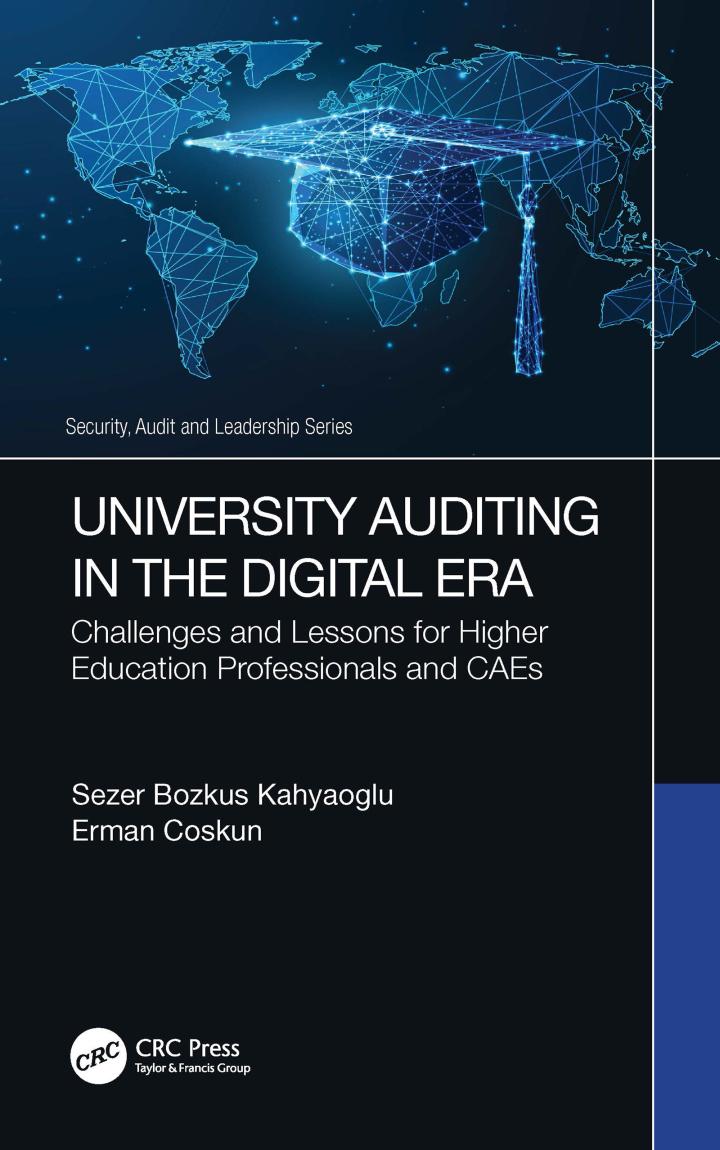Question
Weighted Average Method, Journal Entries Muskoge Company uses a process-costing system. The company manufactures a product that is processed in two departments: Molding and Assembly.
Weighted Average Method, Journal Entries
Muskoge Company uses a process-costing system. The company manufactures a product that is processed in two departments: Molding and Assembly. In the Molding Department, direct materials are added at the beginning of the process; in the Assembly Department, additional direct materials are added at the end of the process. In both departments, conversion costs are incurred uniformly throughout the process. As work is completed, it is transferred out. The following table summarizes the production activity and costs for February:
| Molding | Assembly | |||
| Beginning inventories: | ||||
| Physical units | 10,000 | 8,000 | ||
| Costs: | ||||
| Transferred in | $45,300 | |||
| Direct materials | $22,000 | |||
| Conversion costs | $13,800 | $16,800 | ||
| Current production: | ||||
| Units started | 25,000 | ? | ||
| Units transferred out | 30,000 | 35,000 | ||
| Costs: | ||||
| Transferred in | ? | |||
| Direct materials | $56,750 | $39,550 | ||
| Conversion costs | $106,900 | $140,150 | ||
| Percentage of completion: | ||||
| Beginning inventory | 40% | 50% | ||
| Ending inventory | 80 | 50 |
Required:
1. Using the weighted average method, prepare the following for the Molding Department:
a. A physical flow schedule
| Molding Department, Physical flow schedule: | |
| Units to account for: | |
| Units, beginning work in process | |
| Units started in February | |
| Total units to account for | |
| Units accounted for: | |
| Units completed and transferred out: | |
| Started and completed | |
| From beginning work in process | |
| Units, ending work in process | |
| Total units accounted for |
Feedback
b. An equivalent units calculation
| Total equivalent units | |
| Direct Materials | |
| Conversion Costs |
c. Calculation of unit costs. Round your intermediate computations and final answer to four decimal places. $ per unit
d. Calculate the cost of ending work in process and cost of goods transferred out. Round your answers to the nearest dollar. Cost of ending work in process: $ Cost of goods transferred out: $
e. A cost reconciliation. When required, round your answers to the nearest dollar.
| Costs to account for: | |
|---|---|
| Beginning work in process | $ |
| Costs incurred | |
| Total costs to account for | $ |
| Costs accounted for: | |
|---|---|
| Transferred out | $ |
| Ending work in process | |
| Total costs accounted for | $ |
Feedback
2. Prepare journal entries that show the flow of manufacturing costs for the Molding Department. (a) Materials are added at the beginning of the process, (b) conversion costs are recorded, and (c) units are transferred to the Assembly Department. When required, round your answers to the nearest dollar.
| a. | Work in Process-Molding | ||
| Materials Inventory | |||
| b. | Work in Process-Molding | ||
| Conversion Costs-Control | |||
| c. | Work in Process-Assembly | ||
| Work in Process-Molding |
Feedback
3. Repeat Requirements 1 and 2 for the Assembly Department.
a. A physical flow schedule:
| Assembly Department, Physical flow schedule: | |
| Units to account for: | |
| Units, beginning work in process | |
| Units started in February (transferred in) | |
| Total units to account for | |
| Units accounted for: | |
| Units completed and transferred out: | |
| Started and completed | |
| From beginning work in process | |
| Units, ending work in process | |
| Total units accounted for |
Feedback
b. An equivalent units calculation
| Total Equivalent Units | |
| Direct Materials | |
| Conversion Costs | |
| Transferred In |
c. Calculate the total unit costs. Round your intermediate computations and final answer to four decimal places. $ per unit
d. Calculate the cost of ending work in process and cost of goods transferred out. Round your answers to the nearest dollar. Cost of ending work in process: $ Cost of goods transferred out: $
e. A cost reconciliation. If required, round your answers to the nearest dollar.
| Costs to account for: | |
|---|---|
| Beginning work in process | $ |
| Costs incurred | |
| Total costs to account for | $ |
| Costs accounted for: | |
|---|---|
| Transferred out | $ |
| Ending work in process | |
| Total costs accounted for | $ |
Note: Cost reconciliation totals differ due to rounding error.
Feedback
Prepare journal entries that show the flow of manufacturing costs for the Assembly Department. (a) Materials are added at the end of the process, (b) conversion costs are recorded, and (c) the units are transferred to Finished Goods.
| a. | Work in Process-Assembly | ||
| Materials Inventory | |||
| b. | Work in Process-Assembly | ||
| Conversion Costs-Control | |||
| c. | Finished Goods | ||
| Work in Process-Assembly Correct |
Step by Step Solution
There are 3 Steps involved in it
Step: 1

Get Instant Access to Expert-Tailored Solutions
See step-by-step solutions with expert insights and AI powered tools for academic success
Step: 2

Step: 3

Ace Your Homework with AI
Get the answers you need in no time with our AI-driven, step-by-step assistance
Get Started


